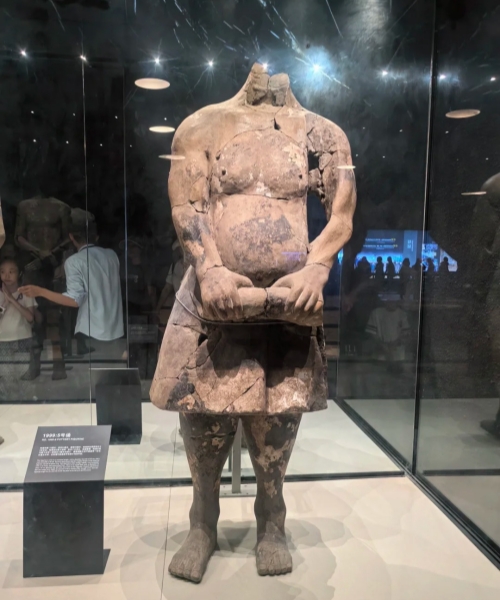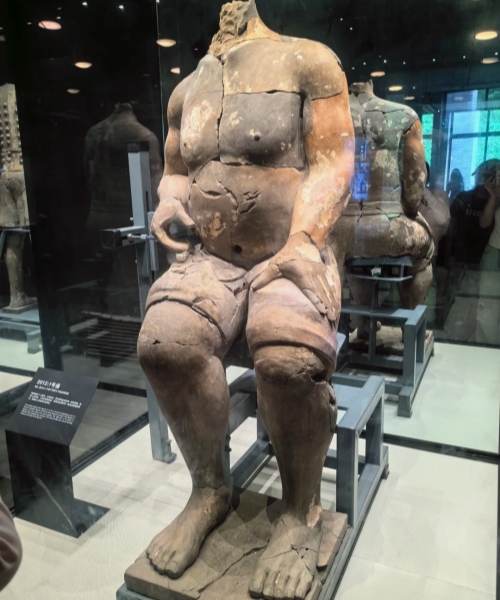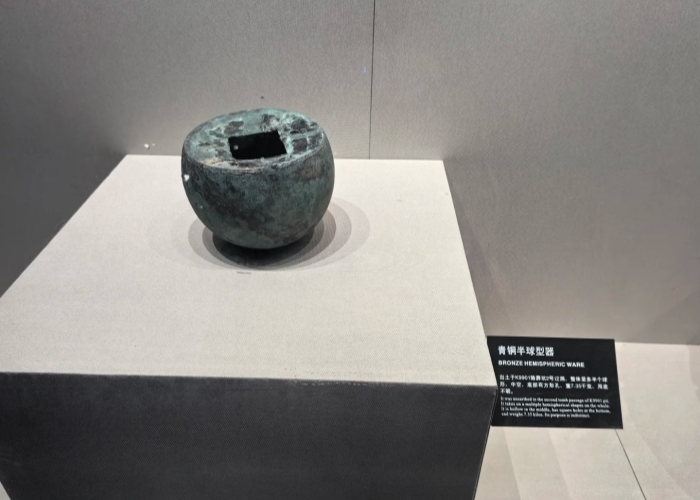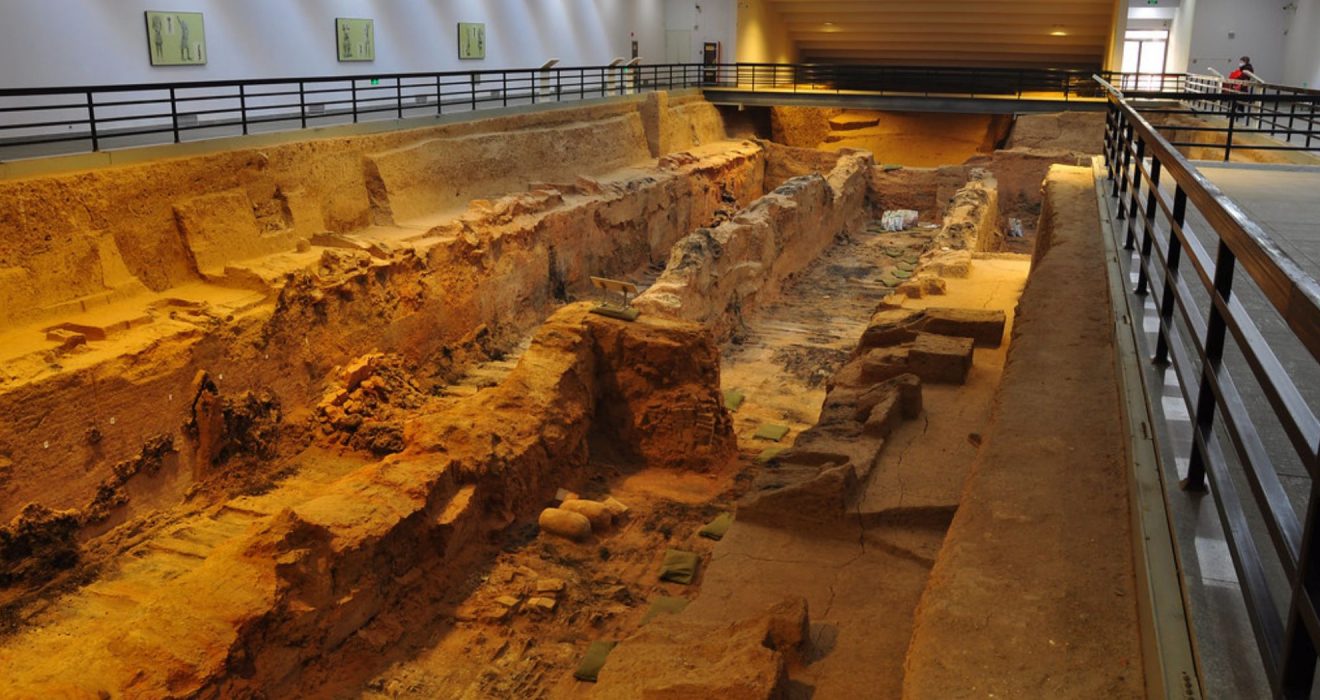Pit K9901 – Acrobat Figures of Terracotta Warriors
Pit K9901, also known as the Pit of Acrobat Figures, was discovered in 1999 and is located in the southeastern area of the Mausoleum of the First Qin Emperor. Shaped like a “convex” character, it extends east to west and features three internal passageways. Covering an area of 880 square meters, this underground structure is designed in a tunnel style. A partial excavation took place in 1999, followed by a complete excavation from 2011 to 2013.

Architectural Structure & Historical Significance of Pit K9901
Structural Composition
Pit K9901 consists of a main body with two gateways located to the east and west. The main area is divided into three passageways by two east-west partition beams. Additionally, there is a connecting bay between Passageway 2 and Passageway 3, along with a short north-south wall in the eastern section of Passageway 2.
Usage, Damage, and Destruction
Once completed and sealed, pit K9901 served as a passage for transporting soil and other materials. However, it later suffered damage and destruction alongside other relics in the mausoleum area. Evidence of this can be seen in the large, continuous layer of trampling found above the filling layer in the passageway.

Unearthed Cultural Relics in Pit K9901
Terracotta Figures
A total of over 30 terracotta figures were unearthed, showcasing unique shapes and postures that differ from the Terracotta Army style. These are believed to represent acrobats, reflecting the entertainment culture of the Qin Dynasty’s imperial court.
Notably, the No. 4 “Bubbling-nail figure” stands 1.57 meters tall (excluding the head) and features a decorated upper body with round bubbling nails and intricate patterns on its garments.
The No. 28 “Lying-on-back figure,” found at the eastern end of the third passageway, was severely damaged, consisting of 72 fragments and missing its head and hands, with a posture of both knees on the ground and arms stretched backward.

Bronze Ware in Pit K9901
Two bronze tripods were discovered during the excavation. One of these tripods measures between 59.2 and 61 cm in height, with an inner diameter of 60.5 cm and an outer diameter of 71 cm. It has a belly depth of 34 cm, a wall thickness of 2 cm, and weighs 212 kg. This tripod is referred to as the “First Tripod of the Qin Mausoleum”.

Additionally, a bronze hemispherical object was also found. And Pottery jars, lead blocks, elliptical and square stones were also unearthed.
The discovery of Pit K9901 has introduced a new category of pottery from the Qin Dynasty. These figures vividly depict the vibrant lifestyle of the era, offering insights into the entertainment culture of the Qin imperial court from a fresh perspective.


